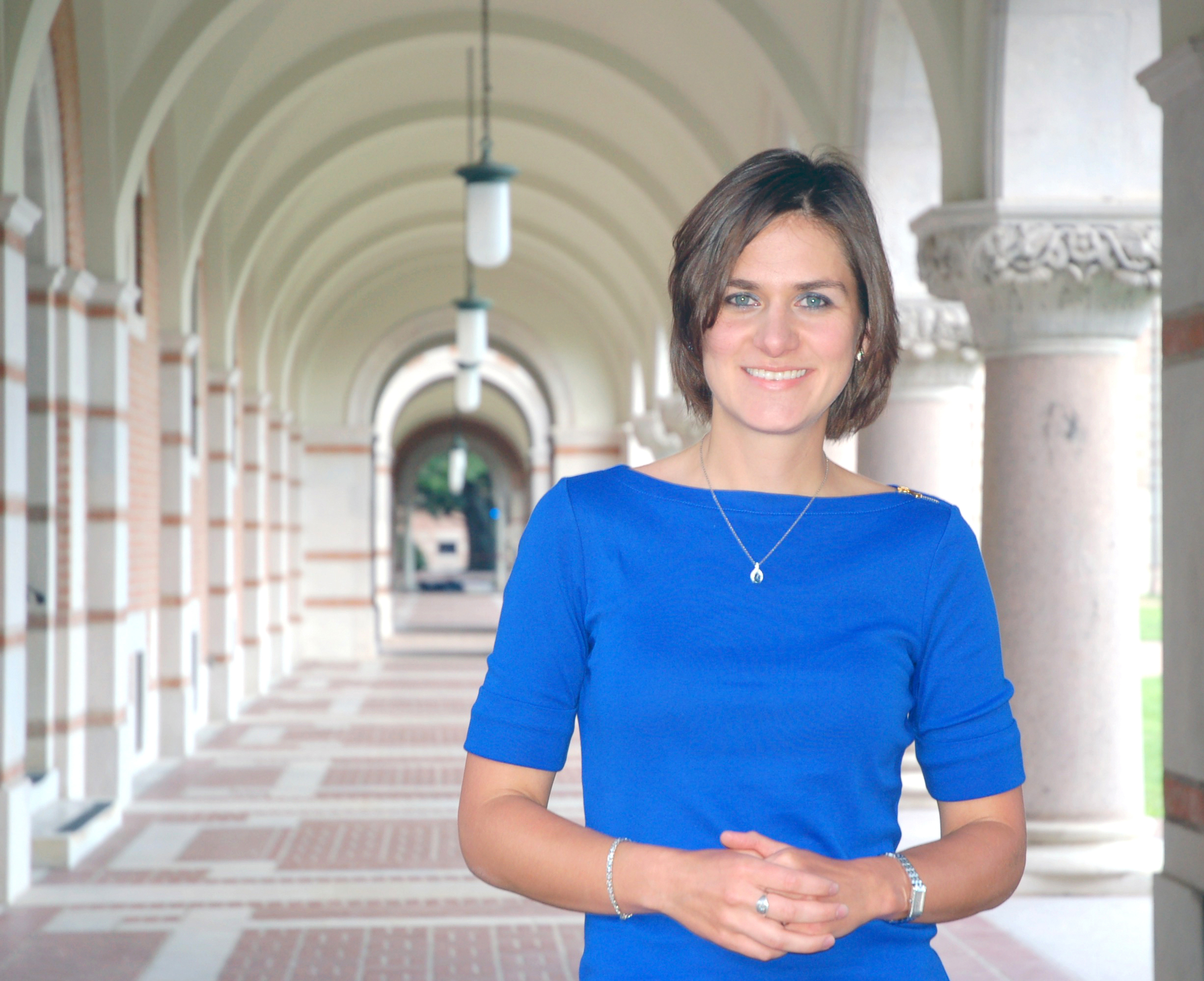 Natalie Berestovsky never expected to stay in Texas for grad school, much less take a job in her hometown’s oil and gas (O&G) industry.
Natalie Berestovsky never expected to stay in Texas for grad school, much less take a job in her hometown’s oil and gas (O&G) industry.
“When I was an undergrad at UT Austin, I did a couple of summer internships, but I’d also done undergraduate research in microarchitecture. That research led to a publication and conference presentation. It was exciting and greatly inspired me to pursue grad school. I knew I was not yet ready to go into industry, and grad school would be a great way to get out of Texas for a few years,” said Berestovsky, who earned her master’s degree and Ph.D. in computer science (CS) from Rice in 2011 and 2013, respectively.
She applied to Rice because it had a good reputation, but her preferred programs were at universities in California, Michigan, and Pennsylvania. “Then I went to visit all the schools that had accepted me,” she said. “Rice was not at the top of my list, until I met Luay [Nakhleh, professor of CS] at one of their recruiting events. We started comparing our UT experiences over lunch, and then he started telling me about the research in his bioinformatics group.”
She grew fascinated by the current research and opportunities in the field, though she had planned to continue her research in microarchitecture. Nakhleh’s passion for his research and his outlook on the future of bioinformatics intrigued Berestovsky. She said, “It was like a light bulb went off. I instantly knew that this is what I wanted to do. My intuition prompted me to join Luay’s group, and that moment completely changed the course of my life.”
Now a data scientist with Anadarko Petroleum Corporation’s Advanced Analytics and Emerging Technologies (AAET) team, Berestovsky says that though the title is a new one, the research she does has been going on for a long time under a different name.
“What I liked about Luay’s bioinformatics group was its application of machine learning to other sciences. We called it ‘interdisciplinary science.’ It felt very rewarding to me to apply my knowledge of computer science, machine learning, and statistics to create models and analyze data from other fields.”
Her graduate research supported the medical field, but many industries, including oil and gas, generate enormous quantities of data and need the assistance data scientists provide. Her favorite part of graduate research was learning something new about every field in which she was applied computation.
“It was a natural transition to oil and gas, another empirical field in need of computational analysis and modeling,” she said. “I got to embark on another adventure of learning something new while applying my knowledge of computer science and data analytics. The more time I spend in O&G, the more impressed I become by the level of diversity and the challenge of the problems we address.”
Others in Nakhleh’s group took jobs that led them to distant locations, but her own interest in living outside of Texas had dwindled by the time she completed her Ph.D.
“My family moved to Texas from Moscow, Russia, when I was in high school,” she said. “Then I met my future husband near the end of grad school, and he was in College Station. So I looked for local opportunities. The big domains in Houston are medicine, and oil and gas, and I’ve been happily working in O&G for six years now.”
Berestovsky said one of the challenges oil and gas companies face in recruiting technical talent is the perception that the industry doesn’t offer enough advanced computing challenges or opportunities to use emerging technologies.
“In my experience, that is a myth. My career has provided plenty of occasions to work on challenging and interesting problems, implementing AI and machine-learning solutions, and utilizing advanced visualization tools. I’ve used top-of-the-line technologies, such as Hadoop infrastructure and GPU computing, to address big data and large-scale computation.”
In her role as data scientist in Anadarko’s AAET team, she works closely with engineers and geoscientists applying statistical modeling, and machine learning to optimize the strategy for current production and advance competitor intelligence efforts for future exploration. Berestovsky says, “You don’t have to go to a California tech company to work on interesting projects and utilize cool, new technologies.”
She encourages other Ph.D. students to keep their focus on their end goal, whether it is working in academia or industry. “The Ph.D. is like a roller coaster, but the ride does end. Sometimes — at the low points — it is tempting to jump off, but it is so worth it to finish this ride.”
Berestovsky said the most important aspect of choosing the right Ph.D. program is finding a place where student can develop strong relationships with advisers. “I could tell Luay was the kind of adviser I wanted. Sure, I had doubts. I got into several well-known universities and I thought what I needed was to get out of Texas, but in the end Texas wouldn’t let me go. I found the right people here.
“Whether you are choosing a grad school or a job, it isn’t about the location but about the person who will help you get through this adventure. Explore all your options when taking that next step. Even if an opportunity doesn’t seem to match the ideal you thought you were looking for, you might be surprised at what you’ll find if you dig a little deeper. Achieving the right balance between listening to your intuition and using reason is the key!”
Natalie Berestovsky’s adviser was Luay Nakhleh; she completed her Ph.D. in 2013.